How to grow carrots in containers – yes, you can grow them on a patio and balcony
Grow your own crop of baby carrots this year no matter what outside space you have
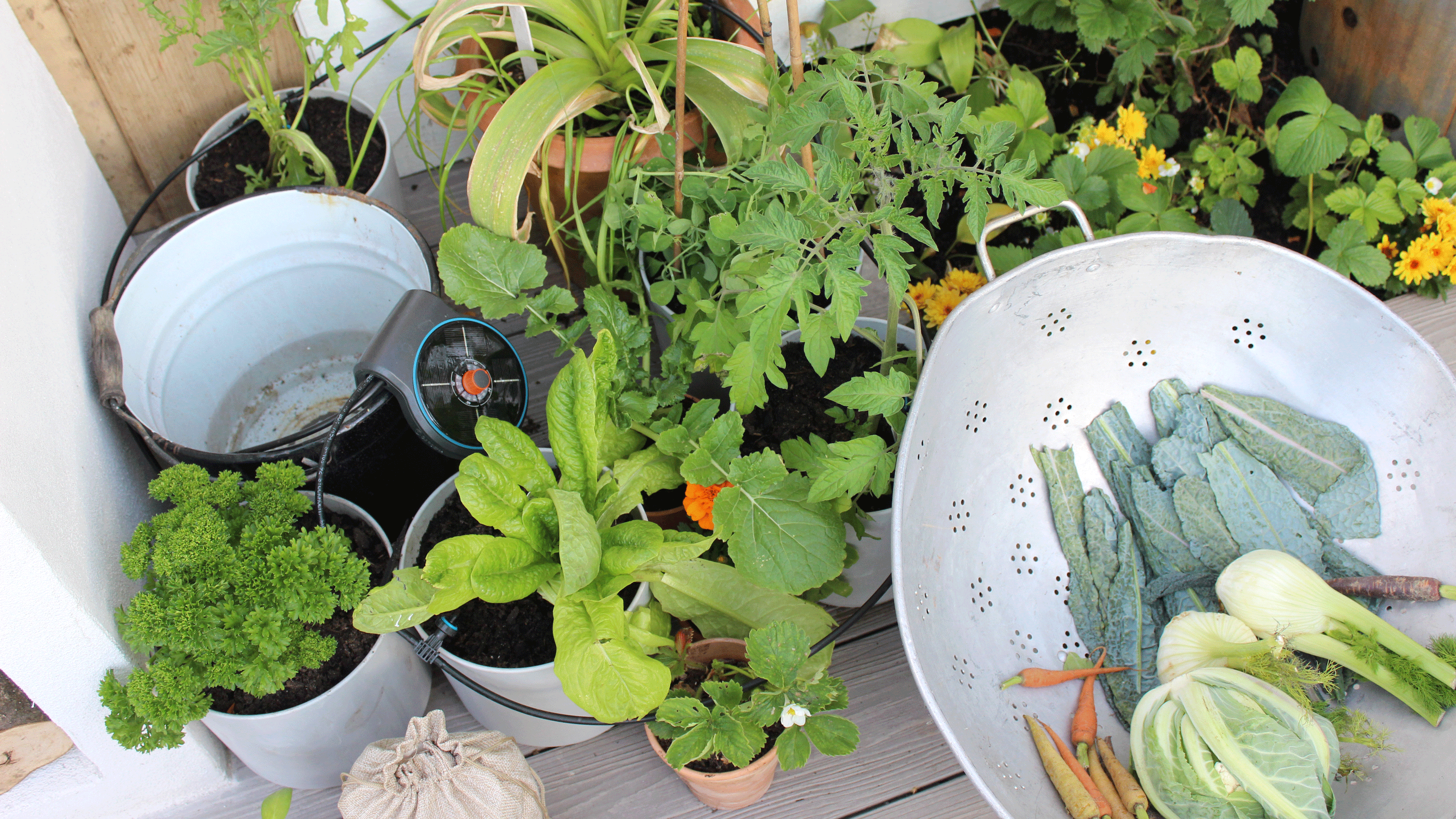
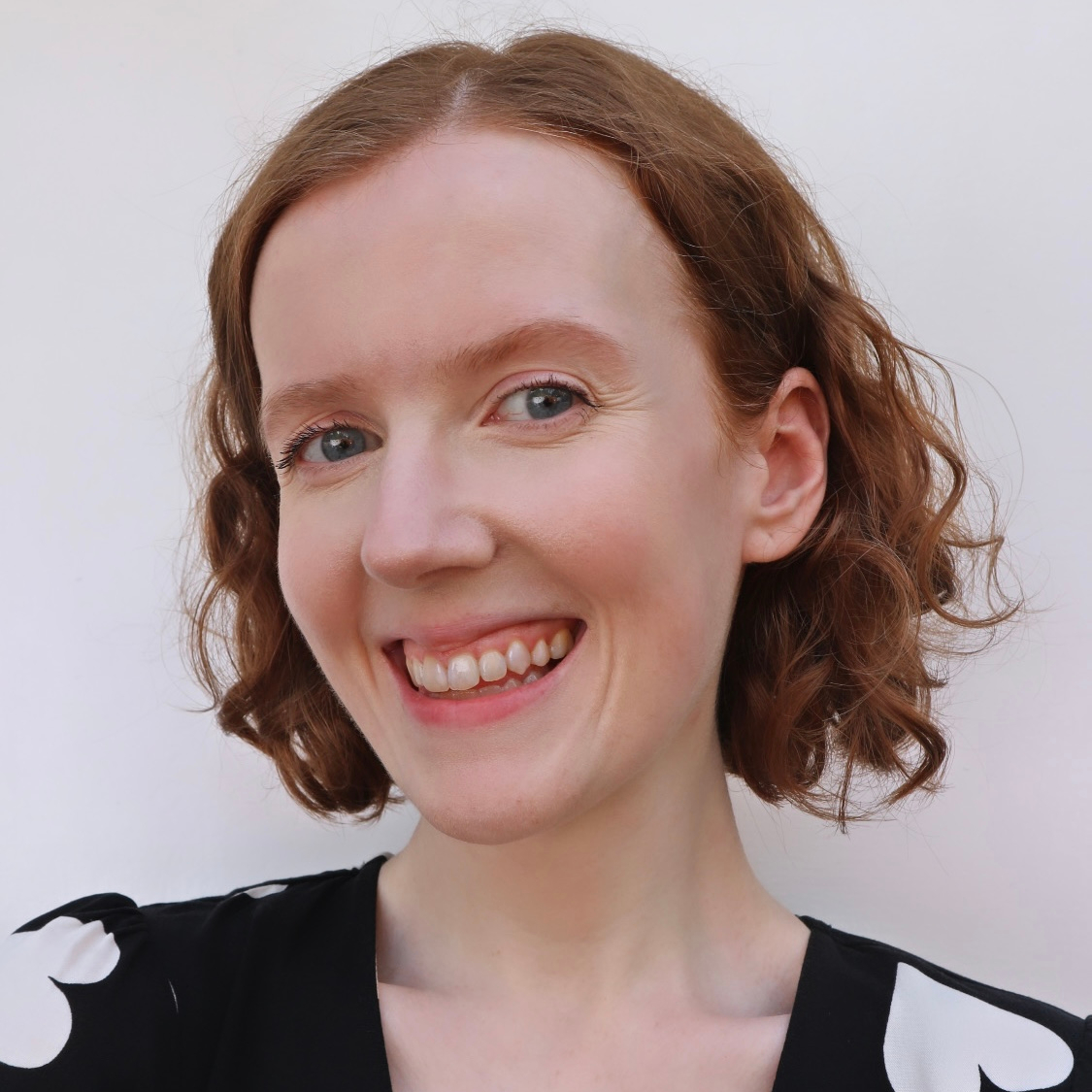
If you’re short on outdoor space or only have a balcony or patio area to play with, you may not have considered growing your own vegetables. However, growing carrots in a pot or container is a lot easier than you might think.
There are also many different varieties to choose from, with you being able to grow carrots that you may not ordinarily see at the supermarket. From the traditional long-stalked orange kind that we’re all familiar with, to small round carrots and ones that are even purple, white, yellow or red in colour, the opportunities are endless.
And since carrot seeds are typically sown between February and July, now is the perfect time to grow your own
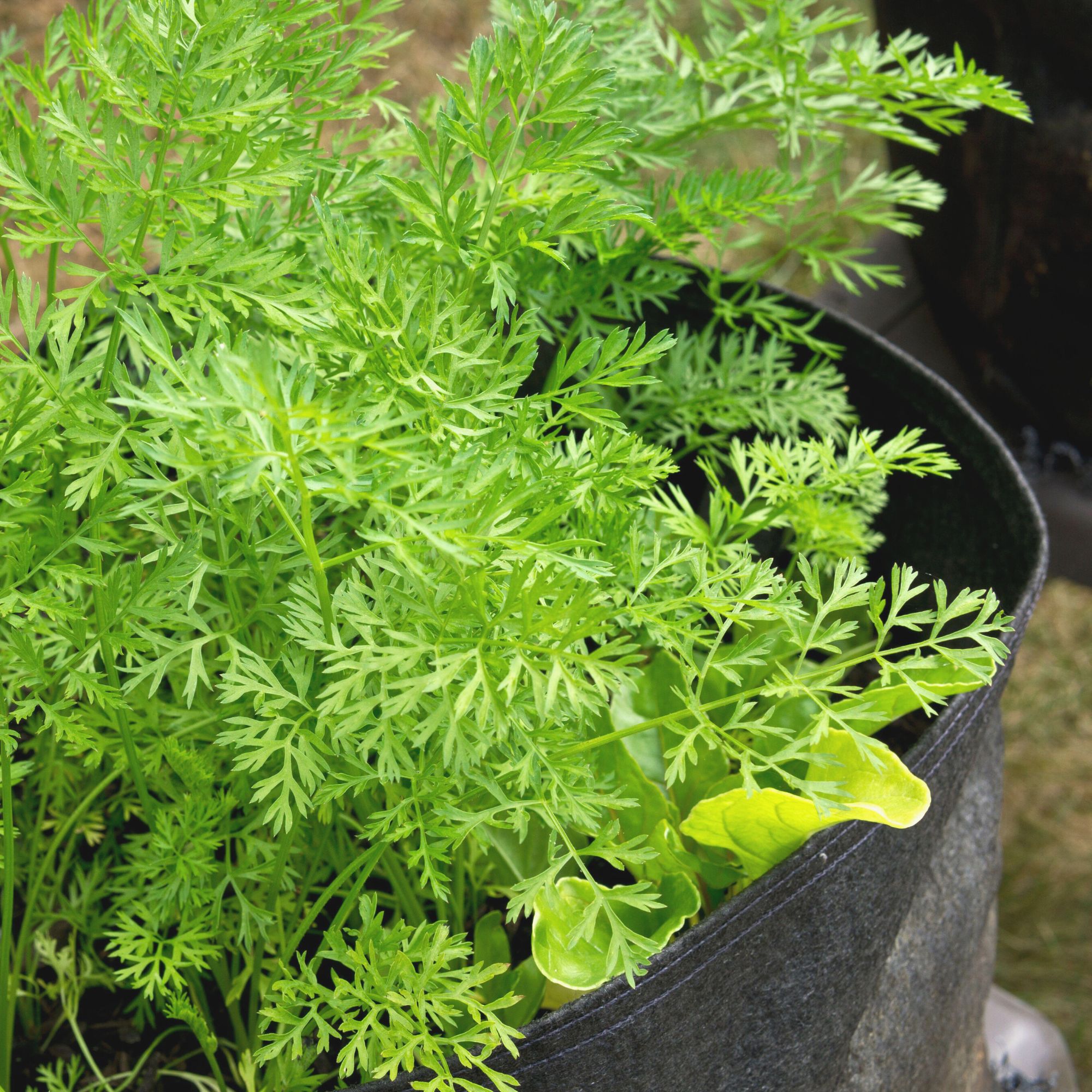
How to grow carrots in containers
When it comes to learning how to grow carrots in containers, there are a few things to keep in mind. This is why the experts have revealed their top tips for growing tasty and crunchy carrots in your own garden or outdoor space.
While the size of any container you choose should be taken into consideration, choosing the right depth is especially important.
‘The depth required will depend on the variety of carrots you are growing; however, as a general rule, the containers tend to need to be between 6 and 15 inches deep,’ says Holly Jones, a gardening expert at Garden Street.
When you go to plant your carrot seeds, you’ll also want to leave around 2cm between the seedlings and the edge of your chosen container, to give them plenty of room to grow.
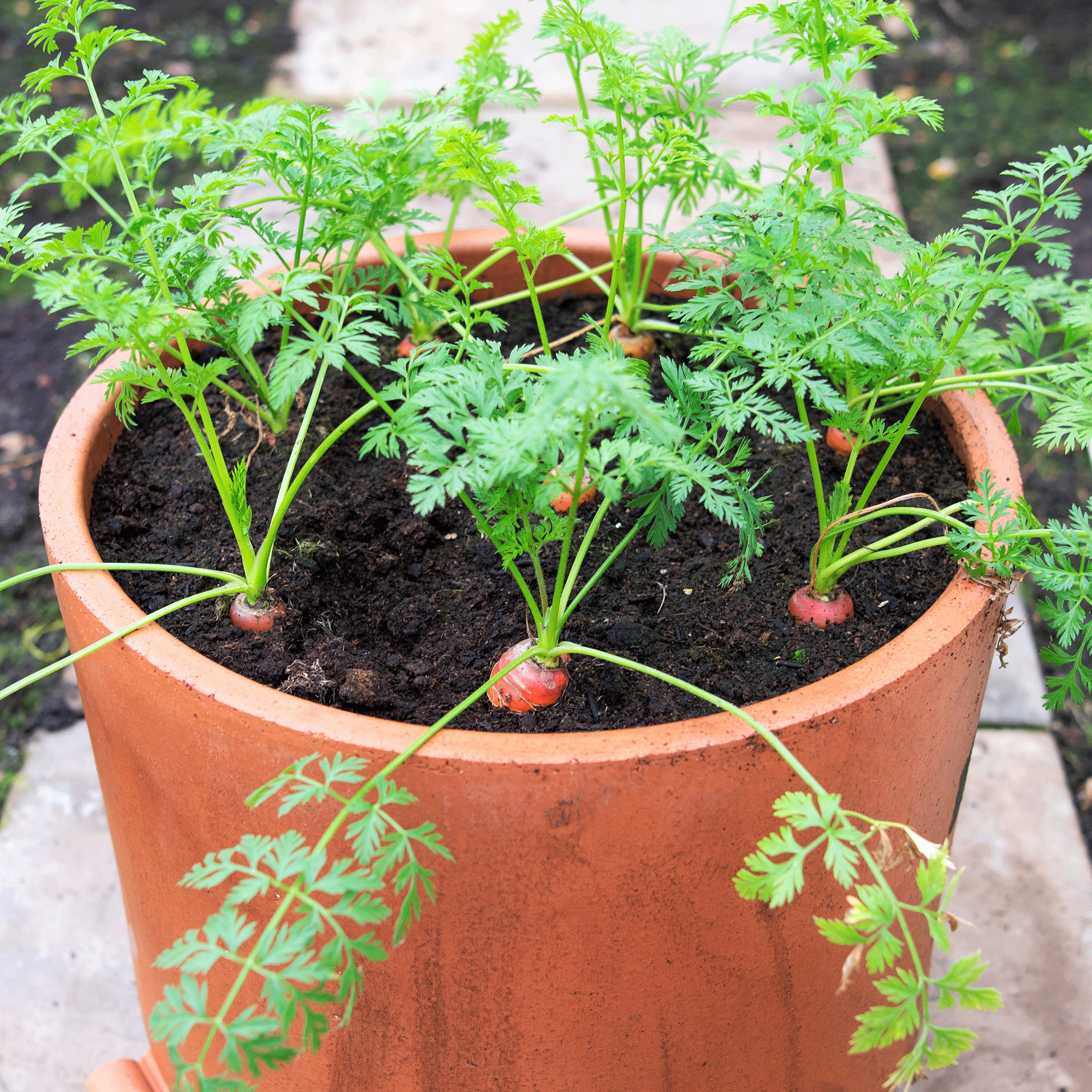
‘You should also make sure your containers have good drainage,’ declares Myjobquote.co.uk’s gardening expert, Fiona Jenkins. ‘If necessary, drill some holes in the bottom of the containers so that the water can drain.’
What you’ll need
- Carrot seeds; consider starting with Johnsons Chantenay Red Cored 2 Carrot Seeds
- A deep container with a minimum depth of 12 inches; we like the Glazed Finish Planters from Homebase, which are available in three fantastic colours
- Loose, well-draining multipurpose soil or compost; try the John Innes No.3 compost from Amazon
- A trowel; this Spear & Jackson trowel has hundreds of five star reviews
- A watering can or a watering spray hose pipe attachment; the simpa Galvanised Watering Can with Brass Rose from B&Q is a great choice
- A pest-proof mesh or barrier; for a budget-friendly option, try this Barrier Mesh from Amazon
- Fertiliser
Which varieties are best for growing in a pot?
Even though you may have already guessed that smaller varieties of carrot fare best in containers, there are a number which are ideal for growing in a container.
Small varieties, such as ‘chantenay and globe, are more suited to being grown in containers, but even these will need a container at least 12 inches deep,’ says Angela Slater, Gardening Expert at Hayes Garden World.
Other great options are Nantes, which are about 6-7 inches long and ‘good for beginners’ says Fiona. ‘Paris Market are fun round carrots at around 1-2 inches long,’ while Rainbow Blend, available in different colours are 4-8 inches long and ‘great for kids,’ she adds.
If you do want to sow long carrots, the RHS recommend harvesting them when they are young and technically baby veg.
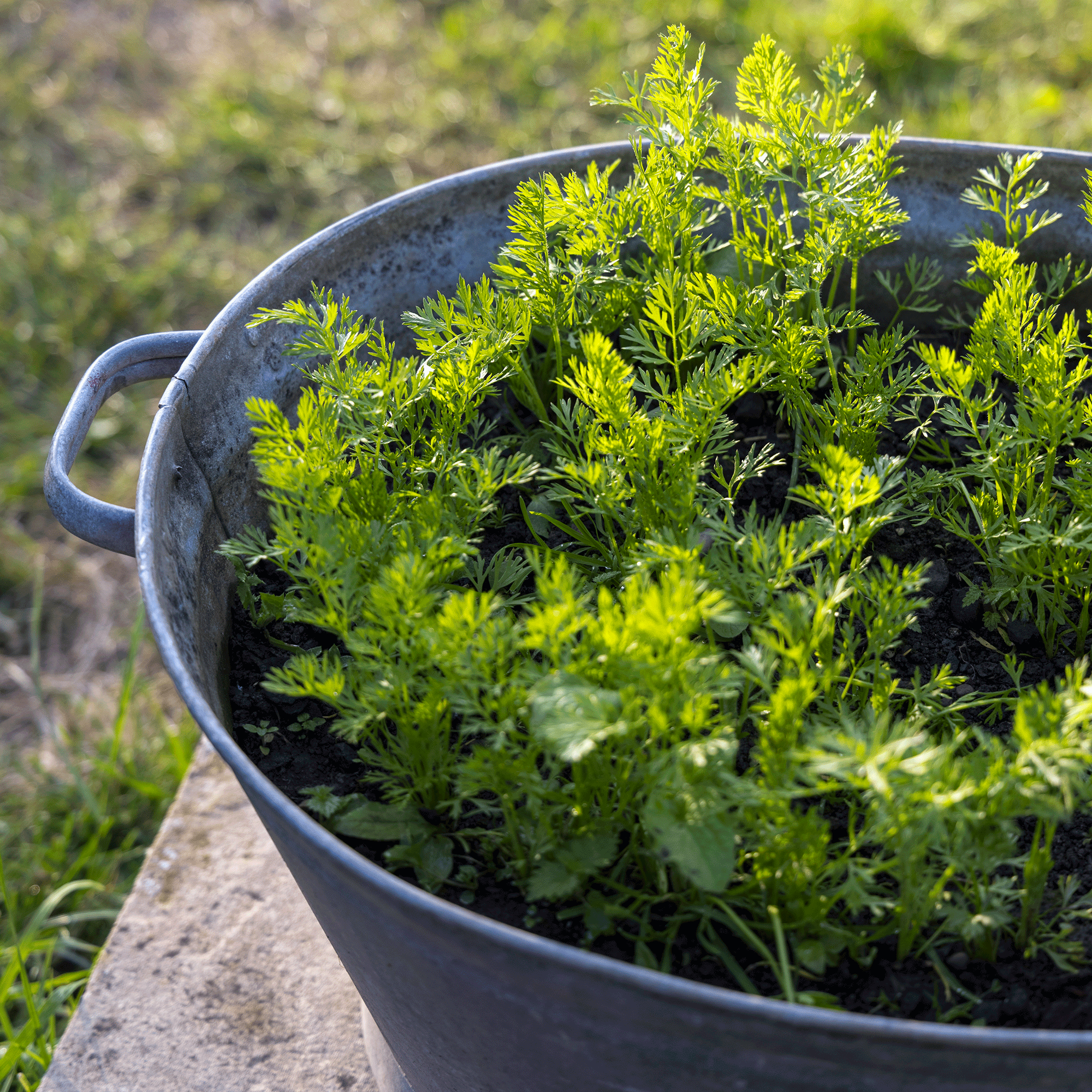
Planting the seeds
When it comes to planting your carrots, start by filling your containers with a well-draining potting soil or compost, leaving roughly an inch of space between the soil and the top of the container.
‘Carrots like light, airy soil with plenty of drainage and lots of room to grow,’ Fiona states. ‘Potassium-rich potting soil is important for growing carrots. If the soil has too much nitrogen you may get lots of foliage growth whereas you want the plant’s energy to go into the root.’
Opting for a potting soil designed specifically for growing vegetables can take away a lot of the guesswork. However, you can also use a home-made compost. Angela suggests adding ‘horticultural grit in a 50/50 mix,’ if you choose this option.
‘As carrot seeds are very small, it’s important to sow them carefully,’ William Mitchell, owner of Sutton Manor Nursery advises. Do this by planting them about half an inch deep and around an inch away from one another to begin with.
Water and keeping the soil moist
‘As with most plants and vegetables, keeping the soil consistently moist during the germination period, which is typically around one to three weeks, is pivotal,’ according to William. However, you don’t want to overwater them either, as this can lead to rot. Getting the right balance is key.
William recommends checking, ‘the moisture level by sticking your finger into the soil. If the top inch of the soil feels dry, then it is time for a top-up.’
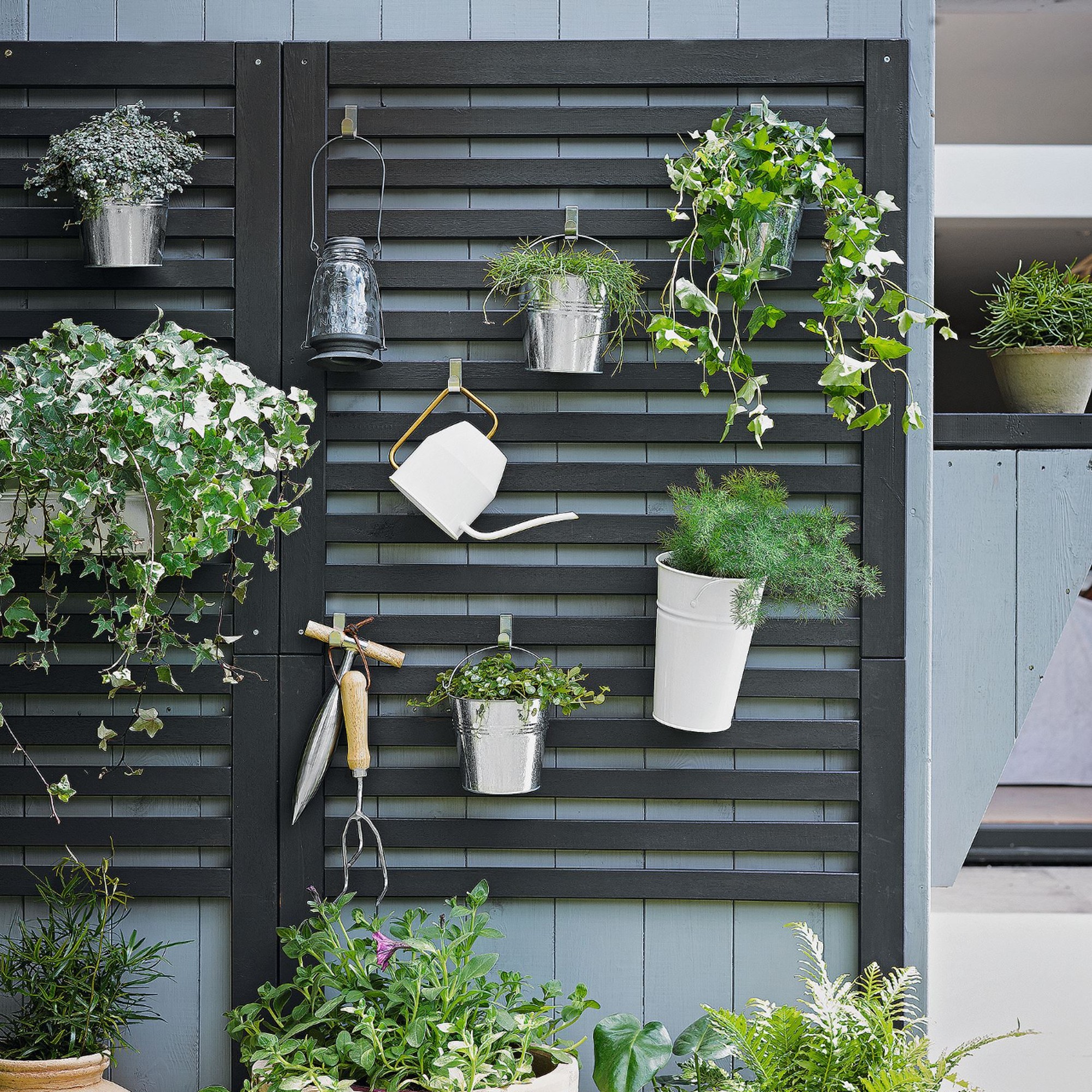
'Thin out’ the carrots
‘When the seedlings have grown to about 2ins they will need thinning out,’ Angela proffers. This stops the root vegetables from growing too close to neighbouring carrots.
Ideally, you want to thin out the carrots so that there is around three inches between each one. Thinning out your carrots also gives you the opportunity to remove the weaker seedlings.
Prevent pests
‘When you start thinning out the carrots, they release a strong smell which will attract the carrot root fly,’ reveals Angela. ‘So as a precaution, cover with an insect mesh supported on canes.’
‘Growing the carrots in containers will give some protection from the fly as they fly close to the ground, however, covering with the mesh will give you an extra level of protection.’ Tucking the mesh underneath the container will ensure that the fledgling vegetables are completely enclosed.
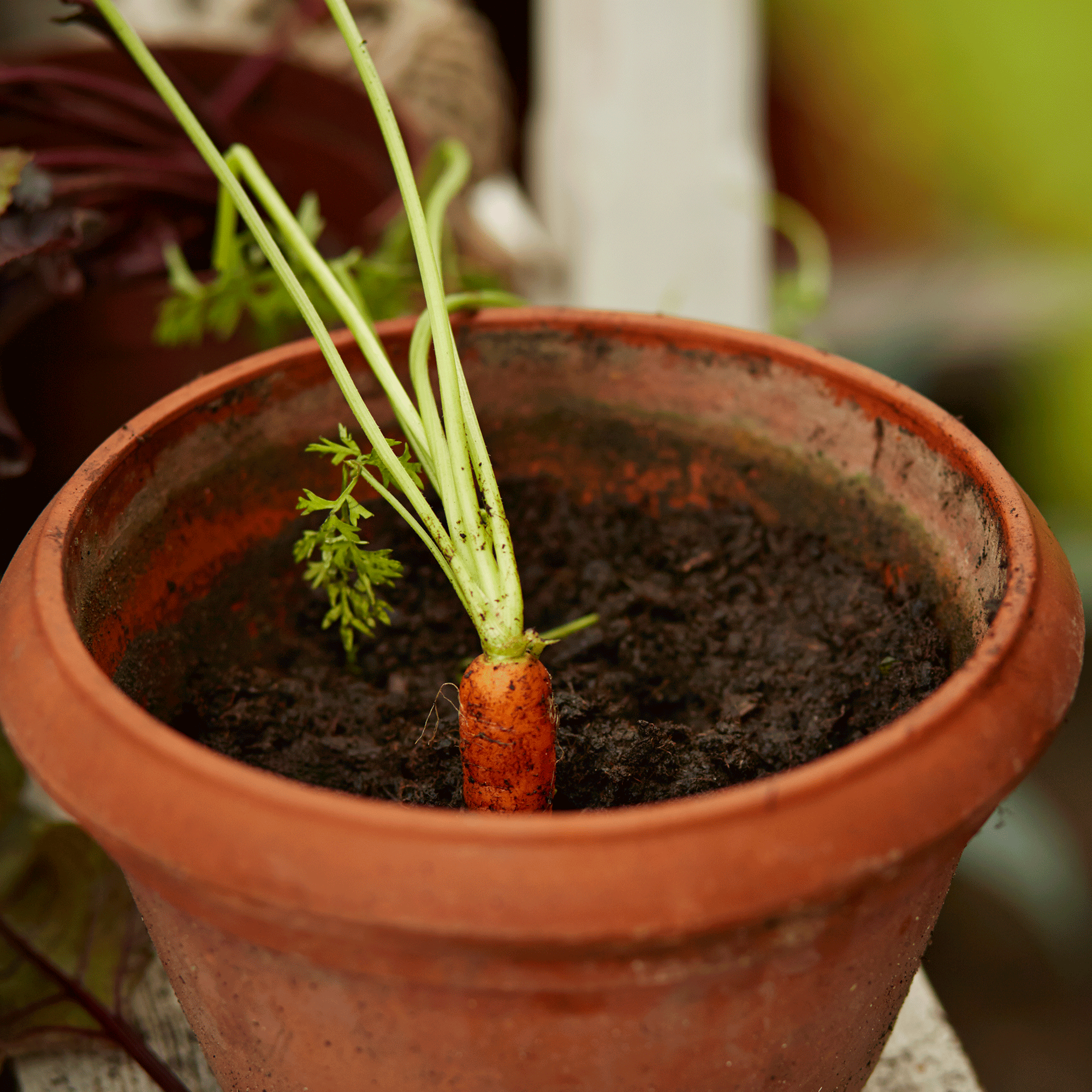
Use a fertiliser
Once your carrots start to reach a few inches in height, they can benefit from a light feeding of balanced fertiliser. Andrew White, Service and Sales Manager at Greenhouses Direct recommends doing this every four weeks to help restore the nutrients in your soil and promote further healthy growth.
Where to position your potted carrots
‘Carrots grow best in full sun and light, so take this into consideration when deciding on where to position your container,’ affirms Holly. Typically carrots will need a minimum of six hours a day in direct sunlight, so try to choose a spot in your garden or on your balcony or patio that gets the sun most of the day.
‘Carrots also prefer cool weather,’ William advises. ‘Attempt to provide them with temperatures between 15C and 24C if possible, and you may need to provide them with some shade during warm summer days.’
Having your carrots in a container instead of the ground also allows you to take the pots inside during any winter frost, as well.
FAQ
When should I harvest carrots?
‘Generally, carrots can be harvested 60 to 80 days after sowing, however, make sure you check your seed packet’s information as these can vary carrot to carrot. You will know your carrot is ready to be harvested when the tops of the roots begin to show above the soil line,’ expresses Andrew.
Once your carrots are ready to harvest, you’ll want to gently pull them from the soil – you can use a trowel to help with this, while being careful not to damage the roots in the process.
Get the Ideal Home Newsletter
Sign up to our newsletter for style and decor inspiration, house makeovers, project advice and more.

Ellis Cochrane has been a Freelance Contributor for Ideal Home since 2023. Ellis has been writing about homes, interiors and gardens for four years now, with her also contributing to House Beautiful, Country Living, Expert Reviews, Real Homes and Stylist.
-
 I finally got my hands on the sellout Morris & Co armchair from Habitat, and it looks even better in person
I finally got my hands on the sellout Morris & Co armchair from Habitat, and it looks even better in personIt's back in stock, and well worth the wait
By Rebecca Knight
-
 How to stratify seeds – gardening pros swear by this secret to a thriving garden
How to stratify seeds – gardening pros swear by this secret to a thriving gardenThis little-known secret is a must for a lush garden this year
By Kayleigh Dray
-
 Cinema sofas are this year's breakout furniture trend, but are you a fan of this controversial sofa style?
Cinema sofas are this year's breakout furniture trend, but are you a fan of this controversial sofa style?Let us know in the comments
By Rebecca Knight